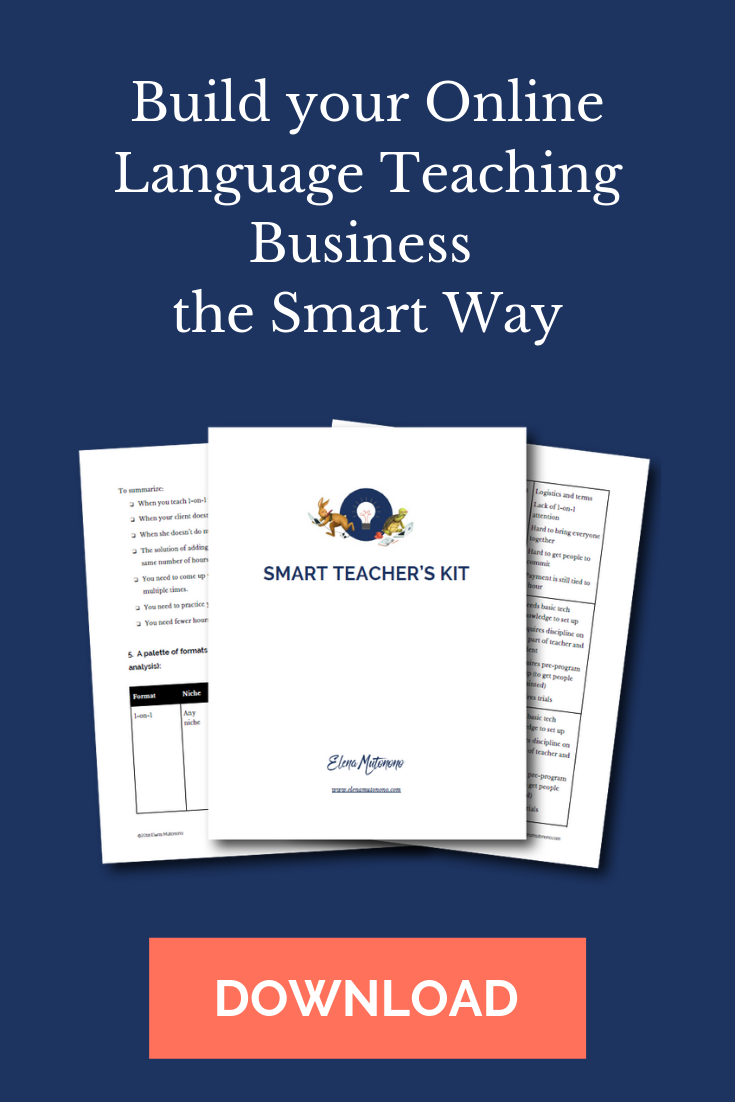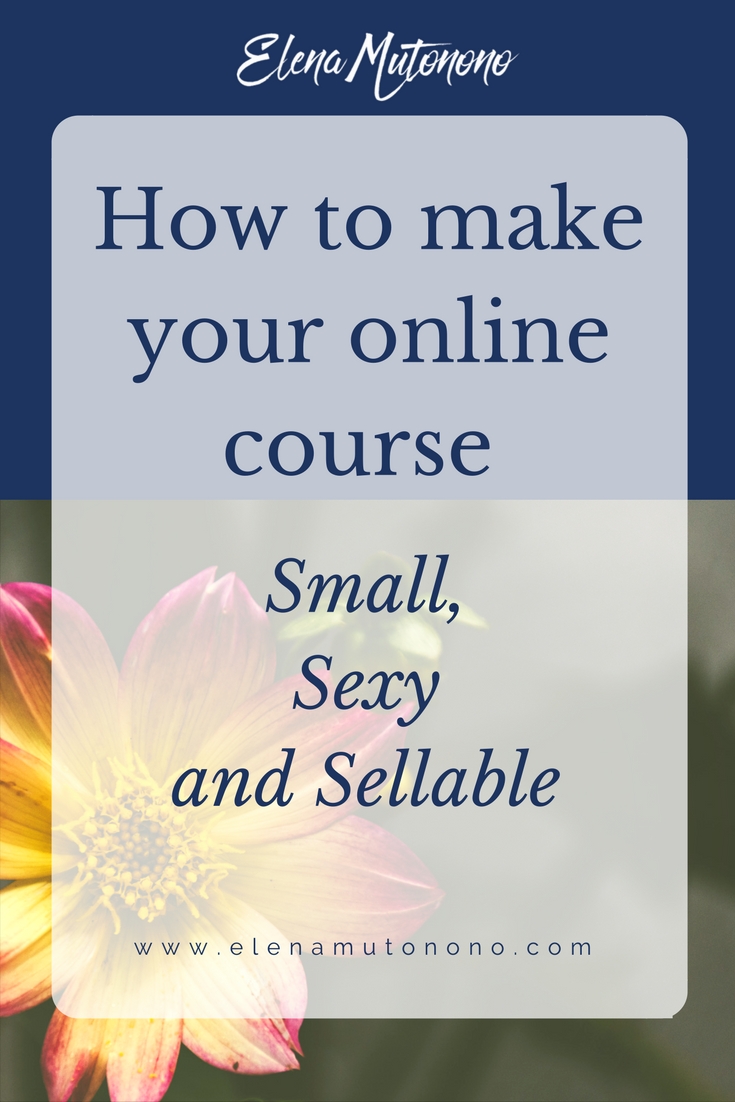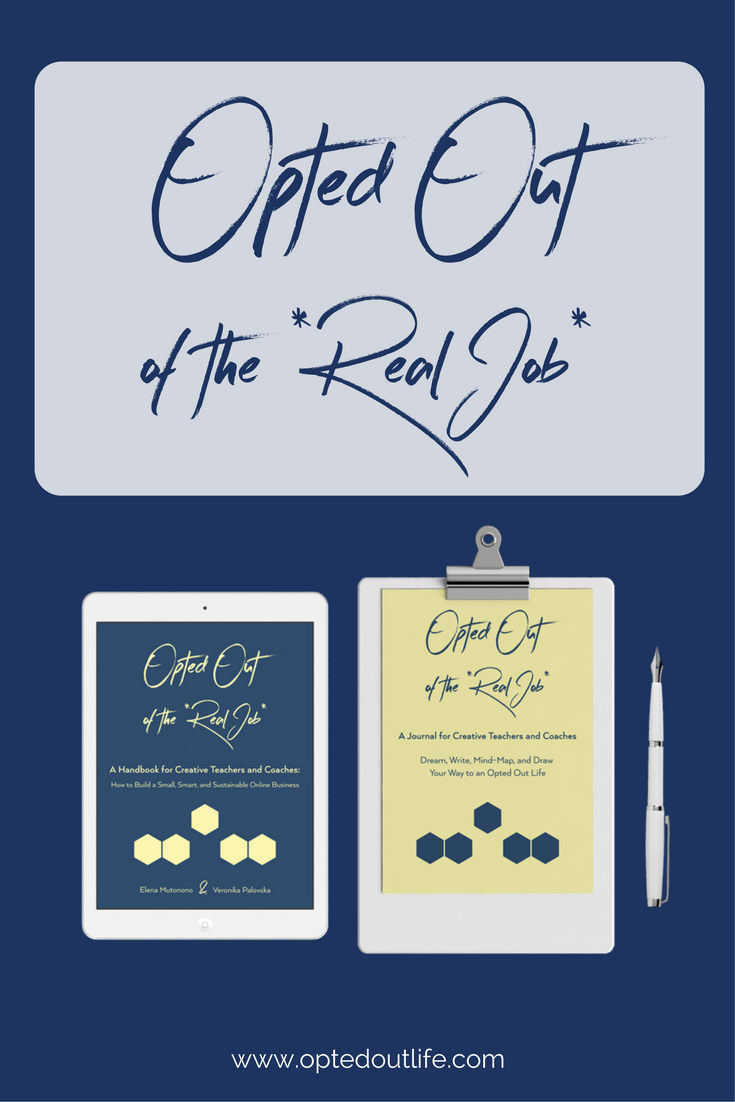One book can help you grow your online teaching business. That’s why if you coach or teach, making a book, a workbook, or an audio book is something to consider. In this post I want to talk about what happens after you self-publish and how to use one book as a cornerstone for your business.
When I sold 30 copies of my first book I thought, “This is amazing!” and off I went to work on my second book that had little to do with the first one.
Because there are no rules or blueprints on how to grow your online teaching business (despite what we all seem to hear via ads), writing more books may be the answer to the “passive-income-forever” dream. But is it the smartest?
It seems to be the most intuitive, and many of us will probably take that route. After all, if your first project is semi-successful, imagine what the second project is going to be!
What results can you expect in the first year of your online business? Read this story.
I know I’m not alone choosing the first intuitive strategy that comes to mind.
I meet online teachers who start successful podcasts, launch their new online course to their audience and when they don’t get their desired results, they follow the first strategy that comes to mind.
Instead of figuring out how to use the audience they already have and create a different product for them, they begin building a totally new audience on Tiktok.
Months and years go by, and they still haven’t moved closer to their goal, but now they have a podcast and a Tiktok platforms that need new content all the time. #helloburnout
I’m not saying that growing audiences on multiple platforms doesn’t work. It’s just not the smartest use of your time and precious mental capacity.
So if I could give myself some guidance for what to do after I’d published my first book, I’d say this, “Now use this book as a cornerstone for your entire business.”
Does that mean you won’t ever write another book? – No.
It does mean that you’ll reap the benefits of all the hard marketing work you’ve done and build on it, instead of starting from scratch with a new book.
So let’s look at how you take one book and build a business around it.
Step 1: Choose a theme that can help you generate clients.
I talked more about it in my previous post, but I’d like to emphasize it again. If you struggle with choosing the topic, ask yourself this question:
What is 1 thing you wish your clients knew before they worked with you?
The answer will be different based on the niche of your business. If your focus is on growing vocabulary through reading, there are several things your clients might benefit from:
- How to use a dictionary when you learn a language.
- How to learn words so you can remember them.
If your focus is on developing listening and/or speaking skills, your book ideas might be:
- How to listen to a podcast and make the most of it.
- How to practice speaking when you don’t have an option of daily practice.
You may also consider these topics that your potential clients will find helpful:
- How to use your foreign accent to your advantage (no more native-speaking garbage).
- How to learn a language as an adult when you don’t have all the time and money in the world (I recently wrote a blog post about that).
- How to develop confidence in a new language when you move abroad.
- How to use storytelling techniques in your business meetings.
- How to write 5 types of essays in 30 minutes (+templates).
Step 2: Consider the next format to support your readers.
Now that you’ve chosen the theme of your one book and taken a few months to write and sell it, ask yourself, How can I best support my reader on their journey?
The reason we jump from one project to another and never make our business sustainable is because we’re asking and answering the wrong questions. 6 years ago, my first instinctive question was – how can I repeat my book writing success and sell more books? So I began writing book #2.
Looking at these two questions, I’m sure you’ll see why the first one leads to a greater sustainability and the second one – to a greater busy-ness and burnout. The first question focuses on the client, and the second one – on me.
“If the success of our businesses depended on our efforts only, many of us would be millionaires by now, working crazy hours and never giving ourselves permission to rest.”
'If the success of our businesses depended on our efforts only, many of us would be millionaires by now, working crazy hours and never giving ourselves permission to rest.'Click To Tweet
But the success and the future of our business depends on the trust that our clients put in us, their confidence in knowing that the work that you helped them start in that one book, will continue.
Depending on your niche and the nature of your book, your support may look like this:
- A 5-day challenge to learn new words meaningfully.
- A workshop on listening strategies and the value of dictations.
- A book chat to discuss the content of your book.
- A series of videos with you demonstrating storytelling techniques.
- A virtual weekend writing “lock-in” to learn to write an essay in 30 minutes.
- A voice chat providing feedback on a person’s speech clarity.
As you build on the content of your one book, you will realize that each consecutive step in the direction of your client’s goals requires higher levels of commitment and pricing.
Here’s my post on how to stop charging by the hour to give you some insights on pricing.
Step 3: Design the deepest transformative format for your clients.
I’m sure you’re now catching the main theme of how I can best support my clients through my work. If a book gives them some basic ideas on expanding their vocabulary mindfully, and a challenge shows to them that it’s possible without heavy memorization or mindless thumbing through flashcards, how can they now put it into practice?
The next level may be a 1-3-month book club (I’d start with 1 month), an in-depth study of specific texts (centered around your client’s interest), even a deeper dive into your podcast scripts! Why not use what you already have?
This is my interpretation of a sales funnel, where each element is connected to the previous one, but requires a higher level of commitment on your client’s part. I’ve often compared a sales funnel to a set of Matryoshka dolls (nesting dolls), see the post below to learn how it works.
Step 4: Continue to grow your audience
This is where you take a look at how the right people can learn about your book in the first place. It’s the content you create: a podcast, a blog or a Youtube channel. Do you cover the topics that your book focuses on? Will your audience say, “Yes, I’m interested in this topic and so I want to buy this book?”
Or will they say, “This guy is running a sale, I should get this book because it might help me at some point?”
The only way to grow an audience that is making a conscious choice to work with you and nobody else is to stay true to your message, your work and the change you seek to make, however small.
Yes, you can bring in your audience by learning how to create viral reels. And yes, you can learn to push people’s buttons and force them to buy from you, but ultimately, if your client’s life isn’t transformed by your work, why does it matter?
It’s like knocking on people’s doors and convincing them to buy irrelevant things that will collect dust in their spaces. You’re not in this online teaching business to meet and beat quotas. You’re here to help, change, transform, make things better.
One book can help you achieve all that and more. It’s never a waste of your time, and it’s a huge service to your audience.

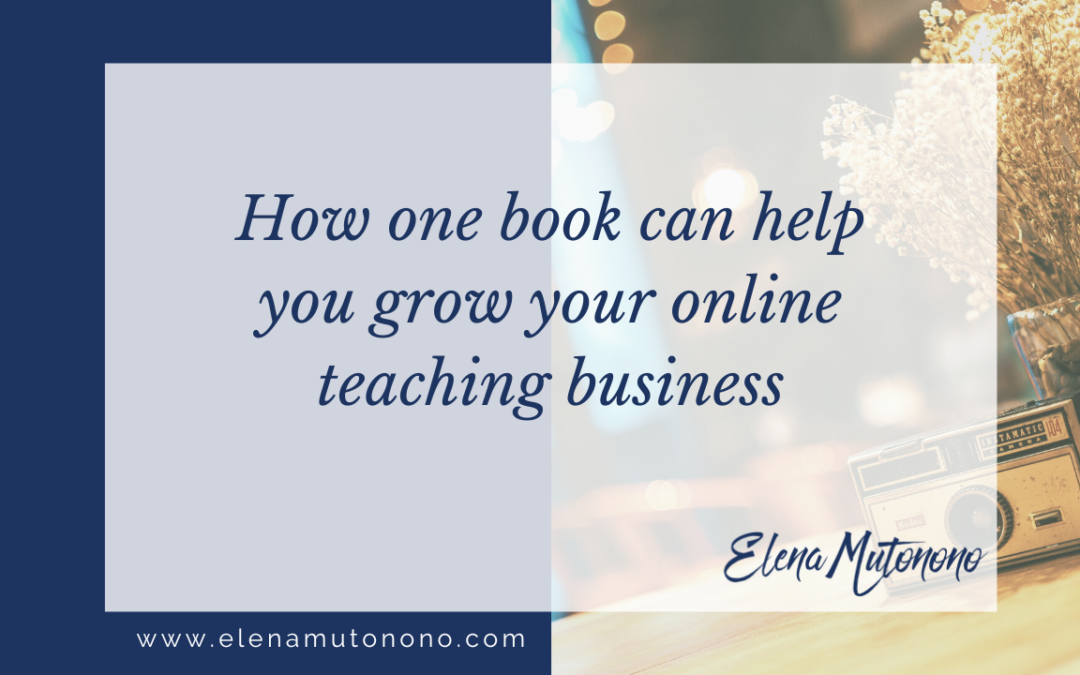
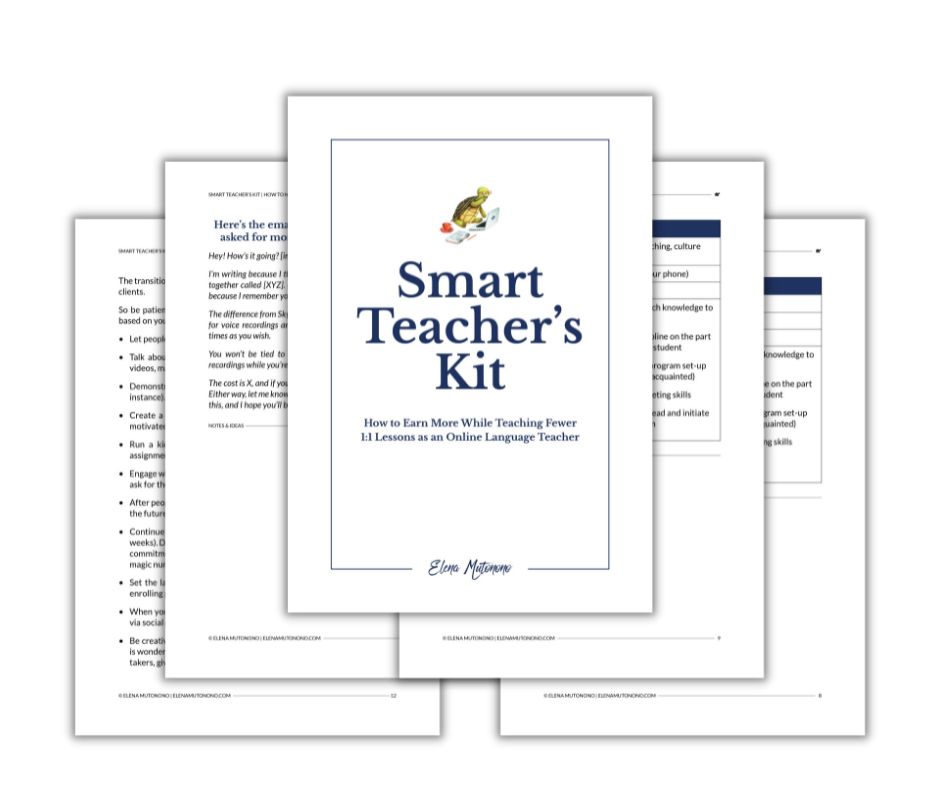
 Welcome to my nook where *Big Magic* happens. My name is Elena Mutonono, I help small business owners package their services as digital products and sell them online. I want you to work smarter, not harder. Increase your impact beyond your current face-to-face clients. Grow your business as you reach more people all over the world.
Welcome to my nook where *Big Magic* happens. My name is Elena Mutonono, I help small business owners package their services as digital products and sell them online. I want you to work smarter, not harder. Increase your impact beyond your current face-to-face clients. Grow your business as you reach more people all over the world.
